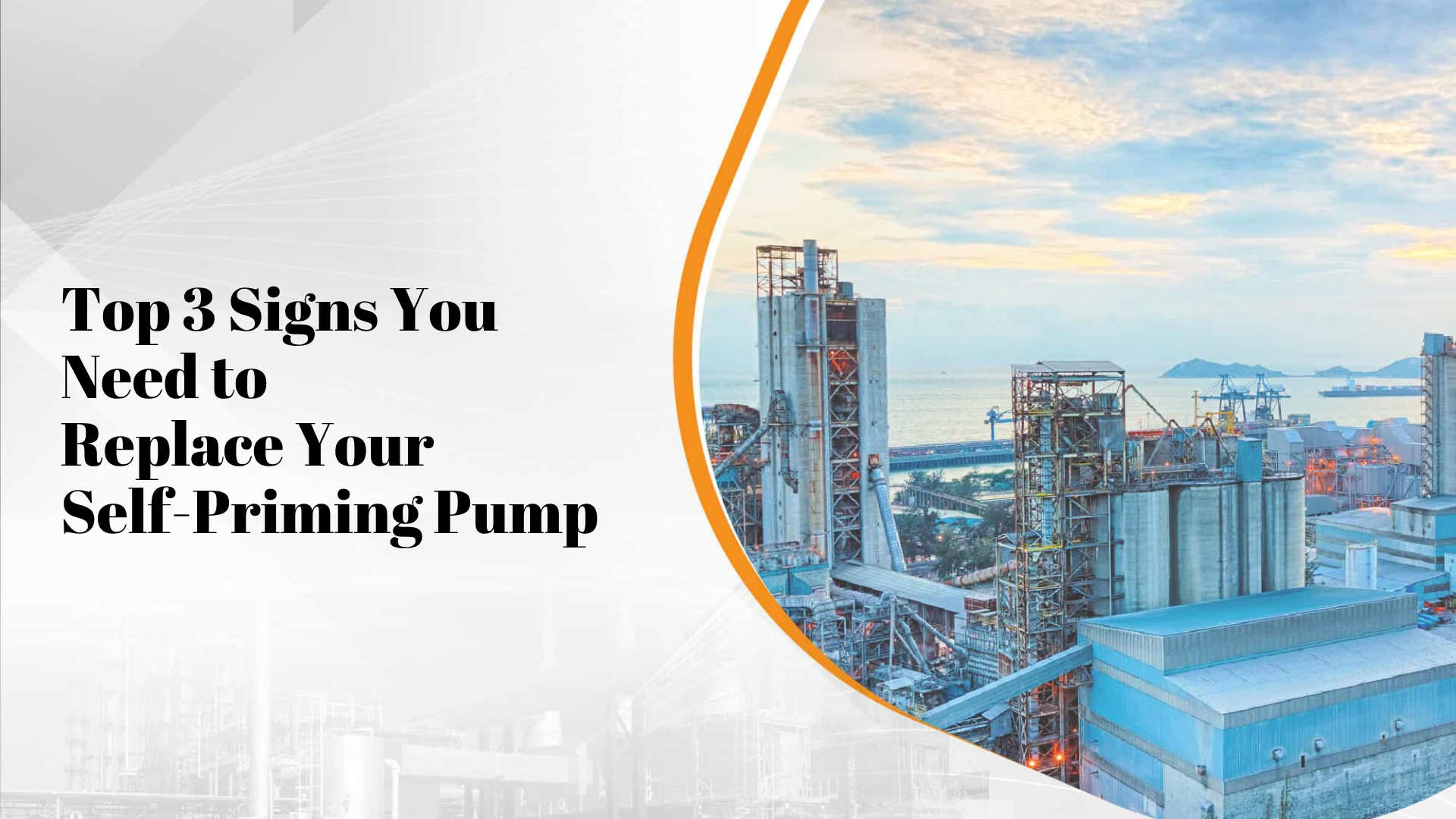Self-priming chemical pumps are known for their reliability and durability in handling corrosive and hazardous fluids. However, like all industrial equipment, they don’t last forever. If your pump is showing signs of wear or underperformance, ignoring the warnings could lead to costly downtime or even safety risks.
Here are the top 3 warning signs it’s time to replace your self-priming pump:
1. Decreased Flow Rate or Pressure
A noticeable drop in flow rate or discharge pressure is a strong indicator that your pump is no longer operating at peak performance. This can be caused by:
- Internal wear on impellers or diaphragms
- Clogged suction or discharge lines
- Erosion or corrosion of internal parts (especially when handling aggressive chemicals)
If cleaning or maintenance doesn’t fix the issue, replacement may be the most cost-effective solution.
2. Excessive Vibration or Unusual Noise
Self-priming pumps should run smoothly and quietly. If you hear grinding, rattling, or see excessive vibration during operation, this could point to:
- Misaligned motor shafts
- Worn bearings or couplings
- Loose internal components
These issues can quickly escalate into major failures, especially when pumping corrosive liquids.
3. Frequent Leaks or Seal Failures
Although self-priming chemical pumps are typically designed with leak-resistant materials (like GFRPP or PVDF), recurring leaks around fittings or seals suggest:
- Material degradation
- Improper installation or overpressure conditions
- Old age—some seals have simply reached their life limit
Persistent leaks are not only a maintenance issue but also a safety hazard—particularly in chemical handling applications.
When to Repair vs. Replace?
Minor issues like clogged lines or worn-out gaskets may be repairable. But if your pump is:
- Over 5–10 years old
- No longer meeting performance specs
- Requiring frequent unplanned maintenance
…it’s usually more cost-efficient and safer to replace it with a newer model like the AD Series Self-Priming Chemical Pumps from Asia Pump.
Final Thoughts
Timely replacement of your self-priming pump can prevent downtime, protect your workers, and save you from major operational losses. Don’t wait until a complete failure occurs—watch for these signs and plan ahead.
FAQ: Self-Priming Chemical Pumps Malaysia
How long does a self-priming chemical pump last?
Typically 5 to 10 years depending on usage, maintenance, and chemical compatibility.
Can I repair my self-priming pump instead of replacing it?
Minor issues like gaskets or clogs can be repaired, but major wear or performance loss often requires replacement.
What happens if I delay replacing my pump?
Delaying replacement can lead to unplanned downtime, reduced flow, leaks, and safety hazards.
How do I choose the right replacement pump?
Refer to your chemical compatibility, required flow rate, and head. Asia Pump’s AD Series is a good starting point.
Where can I buy self-priming chemical pumps in Malaysia?
You can explore a full range at Asia Pump Malaysia.
Disclaimer:
We hope you find this article helpful and informative. Our content is intended for general informational purposes only and does not constitute advice or necessarily reflect the full range of services offered by Asia Pump (M) Sdn. Bhd.
For personalized advice, please consult with a professional or contact us directly. While we strive for accuracy and completeness in our blog posts, we cannot guarantee they are error-free. Asia Pump (M) Sdn. Bhd. assumes no responsibility for any errors or omissions.


